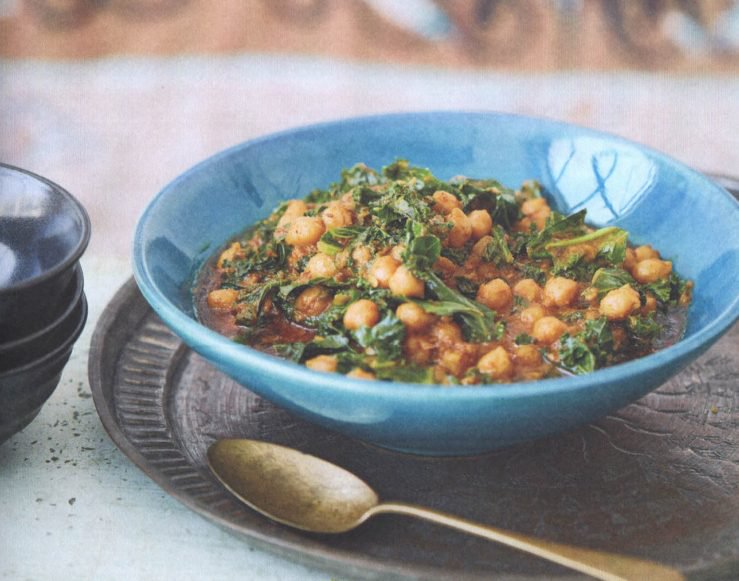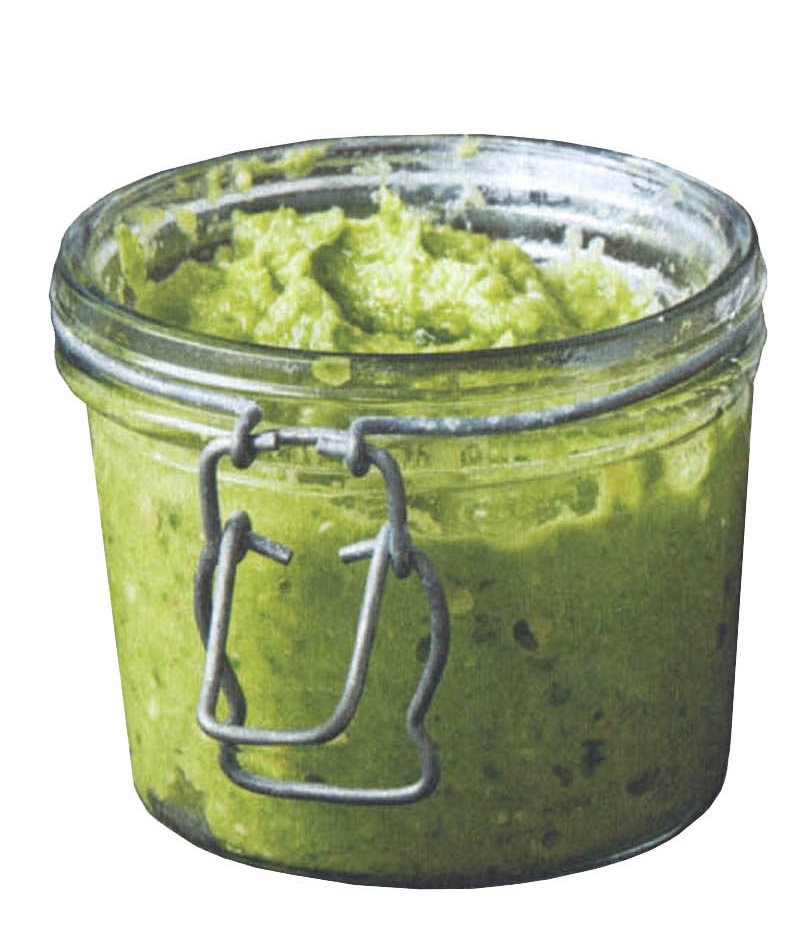“My Modern Indian Kitchen: Over 60 recipes for home-cooked Indian food.” By Nitisha Patel. Ryland Peters & Small. $21.95
My spice cupboard just got a little spicier.
After thumbing through “My Modern Indian Kitchen” by Nitisha Patel and drooling over all the dishes I could try, I headed to my kitchen to see what I’d need to add to my shopping list. My spice cupboard is well stocked, but not when it comes to the fragrant spices needed for Indian dishes.
I’ve always enjoyed Indian cuisine, but beyond an occasional curry, have never spent much time learning to cook it for myself. Patel’s colorful book – packed with long descriptions of regional differences, traditions and flavors – prompted me to switch things up and tackle some new recipes.
Patel’s book is influenced by the food she enjoyed growing up in Wolverhampton, England, with her Gujarati parents. Patel studied culinary arts management and after school worked as a development chef for a global corporate company. Inspired by the food she ate at family gatherings and the dishes her mother and grandmother prepared, Patel spend more and more time experimenting with authentic Indian cuisine at home.
Patel describes the recipes she created and included in her book as far-removed from traditional “curry-house” style (no tikka masala or madras here because she doesn’t cook them at home), but still packing the same flavor punch. Many of the 60 recipes are “shockingly simple” and quick to prepare, Patel says, while a few are more extravagant or call for slow-cooking to maximize flavor.
While Patel herself is an experienced chef, she’s created an approachable guide perfect for a home cook unfamiliar with cooking Indian dishes. She includes a glossary of the main ingredients used in Indian cuisine, including descriptions of the flavors of dried spices and seeds. She divides recipes into six categories: street food and snacks; all about curry; it’s a celebration; vegetarian dishes and sides; rice, chutney and raita; and desserts.
I was particularly drawn to the vegetarian dishes and sides section, though I’m not a vegetarian.
Patel says the korma is the perfect example of modern Indian cuisine because while it’s nothing like you’d find in an Indian home or restaurant, it incorporates both Indian heritage and awareness of current food trends. Chickpeas are a staple Indian ingredient, coconut is used regionally but kale is not generally used in Indian cuisine.
Once all my ingredients were assembled, thanks to a trip to my mom’s pantry and my local grocery store, the dish came together easily. On a rainy and cool Sunday afternoon, the aroma of the spices and onions melding together was welcome in my kitchen. I was pleasantly surprised with how much I loved the resulting dish. The combination of textures and spices were pleasing to me and held up well when reheated for leftovers.
CHICKPEA, KALE AND COCONUT KORMA
Serves 4.
5 tablespoons vegetable oil
2 cloves
3 cardamom pods
1/2 teaspoon cumin seeds
2 large onions, finely diced
1 teaspoon salt
1 teaspoon Holy Trinity Paste (see recipe)
1 teaspoon ground cumin
1 teaspoon ground coriander
1 teaspoon ground turmeric
1 teaspoon tomato paste
3 tablespoons ground almonds
2 tablespoons unsweetened shredded dried coconut
1 teaspoon sugar
3/4 cup coconut milk
13/4 cups drained canned chickpeas
31/2 ounces kale, chopped and tough stalks removed
1 teaspoon garam masala
Naan bread or cooked rice, to serve
Heat the vegetable oil in a heavy-bottomed pan over medium heat, add the cloves and cardamom pods and allow them to heat until you can see the spices sizzling. Add the cumin seeds and allow them to sizzle and crackle in the pan.
Add the onions and salt and fry until softened. This will take a good 25 to 30 minutes; it is best to cover the onions with a lid to prevent browning.
When the onions are completely softened and buttery, add the Holy Trinity Paste and cook through until they no longer smell raw. Add the ground spices and mix well. If the pan is starting to dry out, add a splash of water to loosen the mix. Cook the spices for 3 to 5 minutes.
Next, add the tomato paste and mix well. Again, if the pan is drying out, add another splash of water. Once the tomato paste is completely mixed in with the other ingredients, add the ground almonds, unsweetened coconut and sugar, and mix well. Pour in 3/4 cup water to make the “base” of your korma sauce.
Add the coconut milk, mix well and leave to simmer for a good 3 to 4 minutes. Add the chickpeas, mix well and leave to simmer for 3 minutes. Add the kale and stir into sauce for 1 minutes. Sprinkle the garam masala over the mixture in the pot, stir in and remove from heat. Serve with naan bread or rice.
HOLY TRINITY PASTE
Patel says Holy Trinity Paste is vital to most home-cooked Gujarati-style dishes and uses it in a variety of dishes, from seafood curry to chicken wings.
Makes 2 1/2 cups. Quarter the ingredients for a smaller yield.
7 ounces (about 6) green chiles
7 ounces (about eight 2-inch pieces) fresh ginger root
31/2 tablespoons vegetable oil
1 tablespoon salt
Blitz together ingredients in a food processor to form a coarse paste. Refrigerate for up to two weeks.
Send questions/comments to the editors.






Comments are no longer available on this story